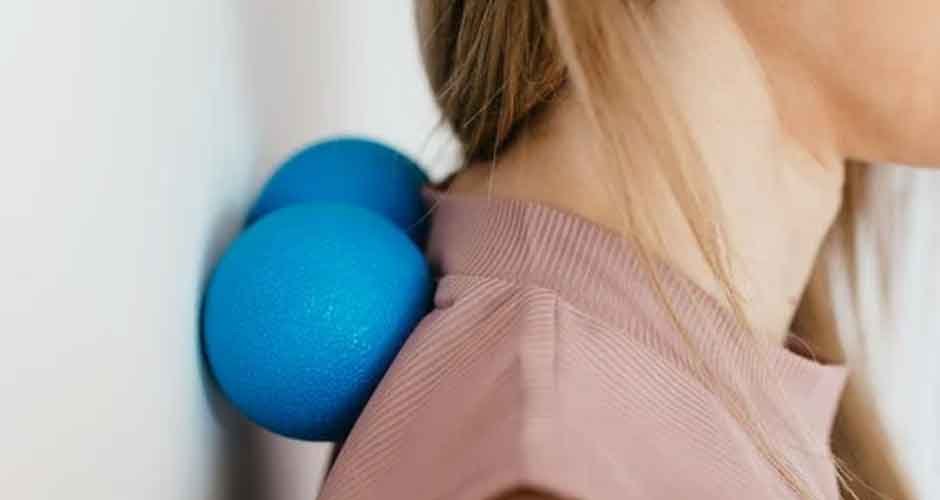The cervical vertebrae in your neck are the source of your neck soreness. Because of its location and range of motion, your neck is frequently left vulnerable to injury.
Anyone can experience neck pain, and the majority of people do so on a regular basis. This soreness is typically caused by poor posture or excessive activity. It can range from moderate to severe, and more severe episodes may indicate a substantial underlying problem. The vast majority of neck aches can be treated without surgery. For instance, Mewing.coach recommends noninvasive techniques such as DIY techniques and exercises to deal with neck pain. However, if the neck pain is due to an underlying health condition you must consult a competent medical counsel.
Below are non-invasive techniques for managing neck pain:
Home remedies for neck pain
Home remedies are ideal for relieving mild to moderate cases of neck pain. These techniques inclue:
Increase Movement
Rest is the best remedy for muscle pain and stiffness, but movement can help with neck pain. The more you exercise the more blood flow to your muscles. Exercise also reduces inflammation which could be causing the stiffness. However, ensure your exercises do not involve jerking or twisting movements as it could aggravate the pain.
A Relaxing Massage
A massage involves gentle pressure and touch to soothe spine muscles and alleviate neck tension. You can request a massage from a partner or use an electronic neck massager for self-care.
Hot and Cold Therapy Technique
As the name suggests, this technique involves using hot and cold substances in intervals to alleviate neck pain. The cold sessions are for reducing inflammation while the hot session work for relaxing stiff muscles. Ideally, ice packs and heating pads can work best for this therapy. Alternate the two for 20 minutes daily for optimal results.
Over-the-counter medications
Minor neck strains may improve with over-the-counter pain-relieving medication, like ibuprofen and paracetamol. They help to reduce inflammation and discomfort.
Postural changes
Observe your head posture throughout the day, especially when using electronic devices or computer screens. If you tilt your head downward, you are putting extra pressure on the neck muscles. This leads to a repetitive stress injury referred to as tech neck.
You can avoid or relieve neck pain due to tech neck by improving your posture. This involves simple changes such as:
- Align your head with your body center
- Lower shoulders and move ears away
- Maintain eye level on all your screens to avoid neck bending
What are the Best Exercises for Neck pain?
Exercises stretch neck muscles and relieve symptoms. Some of the exercises ideal or neck pain include:
- Rotation: Turn head slowly to the left, looking over shoulder, pause, then return to center. Repeat on right side.
- Head presses: Hold hands behind head or sit on headrest. Gently press head against headrest, keeping chin level. Hold for 5-10 seconds and repeat.
- Side bends: Extend arms above head, clasp hands and lean slowly to left side. Return to center and repeat on right side.
- Head tilts: Perform forward and backward neck tilts by bringing your chin to your chest, pausing, and lifting it to the sky. Perform side-to-side tilts by bringing ear to shoulder, holding for a few seconds, and repeat on other side.
- Shoulder rolls: Synchronize shoulder rolls with breathing. Raising shoulders to ears when inhaling and rolling them down your back as you exhale. Repeat 5-10 times.
- Shoulder blade squeezes: Sit upright with feet your planted on the floor. Squeeze shoulder blades, hold for 15-30 seconds for at least three times.
Conclusion
Stiff neck pain usually improves within days with at-home remedies. It’s rare for neck pain to be a symptom of a larger health issue. Seek medical attention if severe, persistent, or spreads to arms or legs. Additionally, if experiencing headaches, numbness, weakness, or tingling sensations, or recently injured, seek medical attention.


